
Recently, in the series of programs "Ho Chi Minh City Literature and Arts Days" in 2025 taking place in Ho Chi Minh City, IDECAF Drama Theater introduced to the theater-loving public the play "The Left General Le Van Duyet - The Man with 9 Death Sentences" staged by Doctor - Meritorious Artist - Director Hoang Duan, bringing many emotions to the audience.
In the flow of contemporary theater, when many works only stop at the entertainment function, the play "The Left General Le Van Duyet - The one who carries 9 death sentences" of IDECAF Drama Theater, staged by Doctor - Meritorious Artist - Director Hoang Duan, has appeared as a vivid proof of the vitality of historical theater when built on the foundation of science , culture and a sense of responsibility for national history.
Not just a play, this work is the result of a meticulous research process on the context of the Southern region during the Nguyen Dynasty, on cultural life, rituals, costumes, ceremonial music and folk consciousness associated with the Duke Le Van Duyet. It is the approach to history as a “living material”, instead of dry historical pages, that has helped director Hoang Duan and his crew recreate a stage space that is both rich in academics and resonates with human emotions.
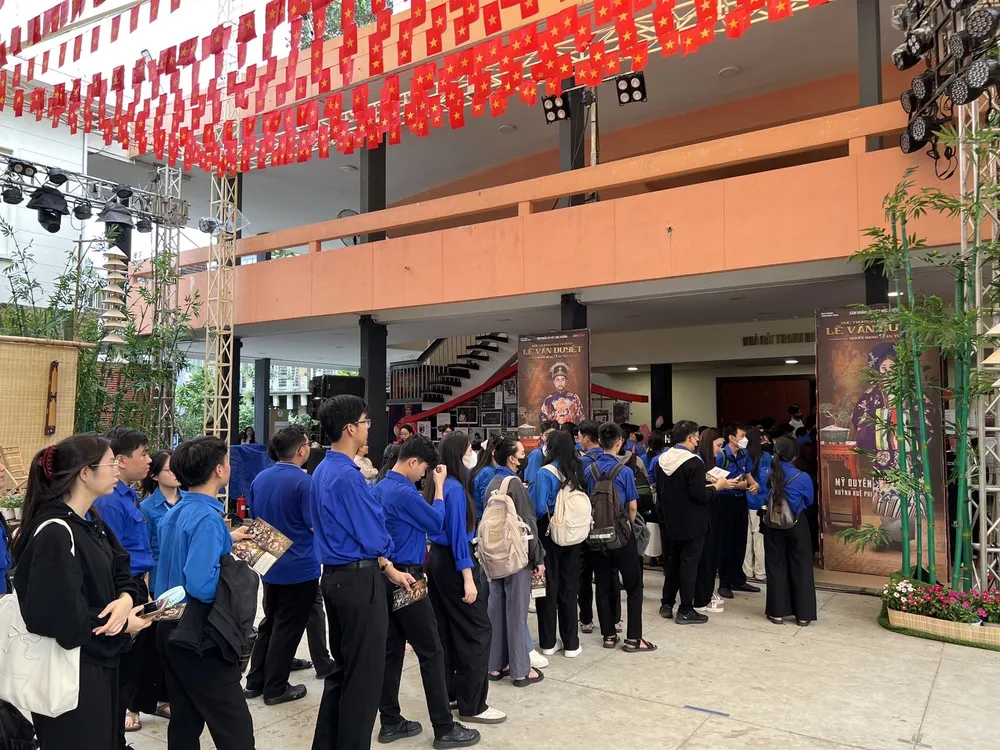
The first value that makes the work powerful lies in the script. The play's author (author Pham Van Quy, edited by Vo Tu Uyen) did not choose to tell the entire life of Le Van Duyet but focused on the biggest knot: the execution of Deputy Governor Huynh Cong Ly - father-in-law of King Minh Mang.
This choice of “tragic slices” creates a concise, dramatic style, clearly depicting the conflict between justice – power – the monarch-subject relationship and loyalty to the people. The language of the dialogue is distilled from historical material, but is elevated to the level of ideology, carrying a sharp political spirit: “If you want miracles, you must deal with them from the top down”, “The official is temporary, the people are eternal”.
These are not just stage lines but moral declarations, showing the tragedy of the loyal when facing a complex power mechanism. The script therefore does not stop at recreating the past but raises questions for the present: who belongs to justice, what should power serve, and what is the responsibility of those in power to the people.
If the script brings depth of thought, then acting is the factor that breathes life into history. Artist Dinh Toan (as Le Van Duyet) does not play a character like a legend, but recreates a person with bloodline - with integrity, loneliness, patriotism and compassion. Meritorious Artist Dai Nghia (as Huynh Cong Ly) makes an impression when not playing a villain in a one-dimensional way, but showing the degeneration of a person in an environment of power - both blameworthy and worth pondering.
Supporting characters such as King Minh Mang (Quang Thao), Mrs. Do Thi Phan (Hoang Trinh), Hue Phi (Meritorious Artist My Duyen), Truong Tan Buu (Quoc Thinh), Le Van Khoi (Hoa Hiep)... are not there to be a background, but to create a counterbalance to help the main character stand out.
The harmonious coordination between the artists creates a coherent stage rhythm - a "collective heartbeat", where emotions are not interrupted but are continuously guided, taking the audience through layers of conflict from the royal court to the people, from power to conscience.
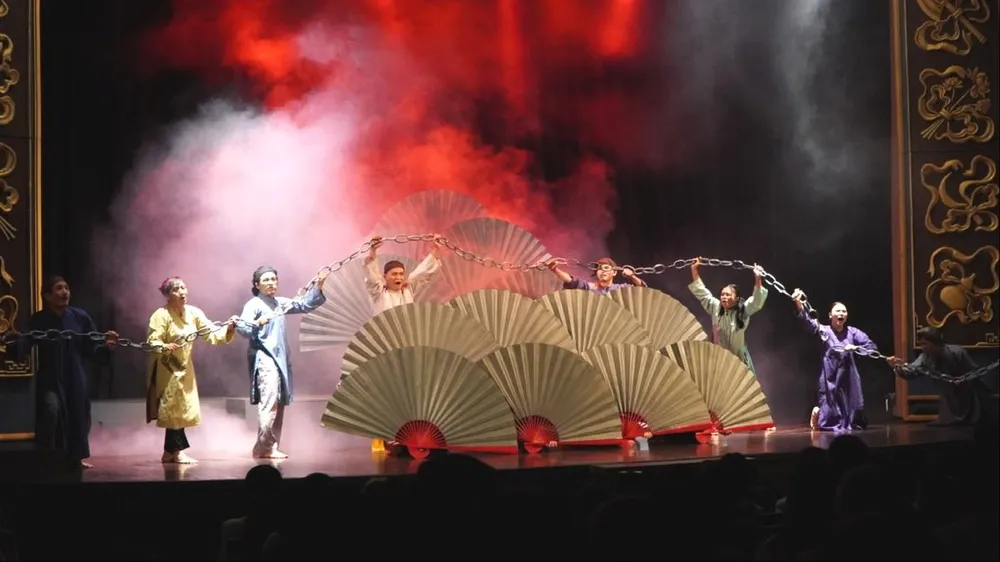
In terms of staging, Dr. – Meritorious Artist – Director Hoang Duan has shown the vision of a cultural researcher when precisely combining traditional stage aesthetics and modern drama language. The scenery is not cumbersome but highly symbolic: the chained stele, the gold-plated box containing the head, the scroll in the middle of the stage… become visual landmarks to depict historical identity. The costumes are restored based on Nguyen Dynasty documents, more than 90 sets were made in Hue, showing a serious respect for history.
Elements of hát bội, royal dance, and Southern ritual music were brought to the stage not for show but to recreate the "Gia Dinh cultural space", where Le Van Duyet lived, fought, and was honored by the people as a god of fortune.
In addition to the director, the role of organization and production of IDECAF Theater is an indispensable factor. It is the long-term artistic strategy, financial investment, regular performance organization, school connection... that has turned a play into a "cultural event" that spreads throughout community life.
The value of the work is perfected through the way the audience receives it – especially the youth. The endless applause at the dialogues about the people and the way of governing the country shows that the audience not only watches but also dialogues with history. When included in the program “Vietnamese History Stage for Schools”, the play becomes an effective cultural education method: students do not only learn history through writing but also through emotions, images and direct aesthetic experiences.
After each performance, many children took notes of their lines, wrote their feelings, and expressed their admiration for the heroic spirit of the Duke. This proves that the stage has gone beyond entertainment and become a means of nurturing historical memories and fostering civic responsibility.
From a cultural perspective, it can be affirmed that the play “The Left General Le Van Duyet – The Man with 9 Death Sentences” is a true proof for the argument: art can only truly live long when it is made with knowledge, ethics and cultural self-respect.
The efforts of Dr. – Meritorious Artist – Director Hoang Duan and the crew of IDECAF Drama Theater not only recreated a historical figure, but also raised core questions about justice, power and human dignity. When art approaches history with science and culture, it is not only beautiful in the moment the stage lights up, but also has the ability to live on in the community’s memory – just like the way the people of Saigon – Gia Dinh have preserved the image of the Monsignor for nearly two centuries.
Source: https://www.sggp.org.vn/vo-dien-ve-duc-thuong-cong-le-van-duyet-su-ket-tinh-cua-nghien-cuu-van-hoa-nghe-thuat-va-lich-su-post821268.html





![[Photo] Prime Minister Pham Minh Chinh chairs the second meeting of the Steering Committee on private economic development.](https://vphoto.vietnam.vn/thumb/1200x675/vietnam/resource/IMAGE/2025/11/01/1762006716873_dsc-9145-jpg.webp)


















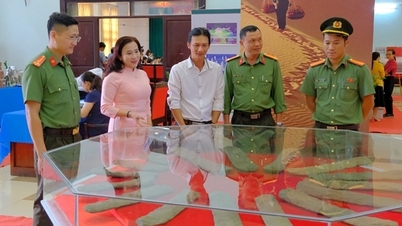







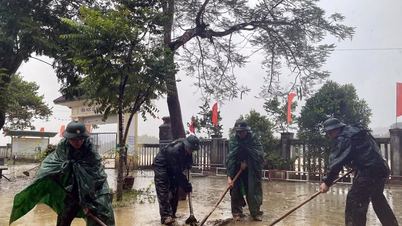









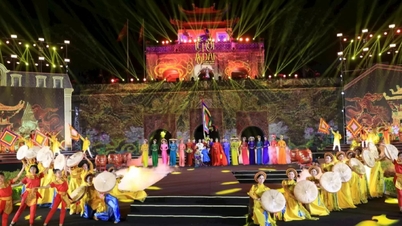

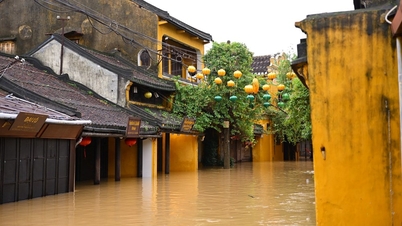
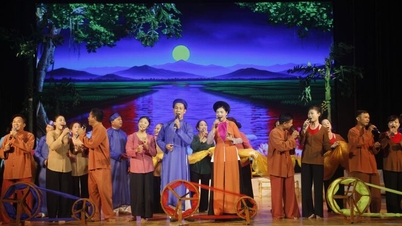






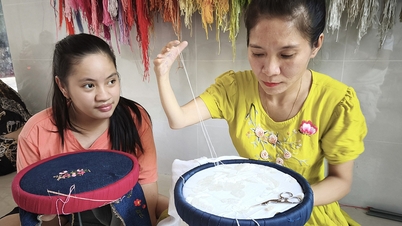


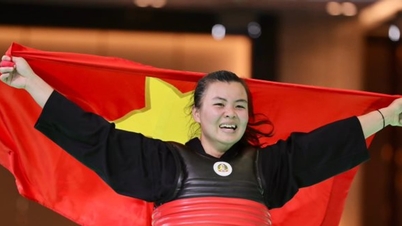

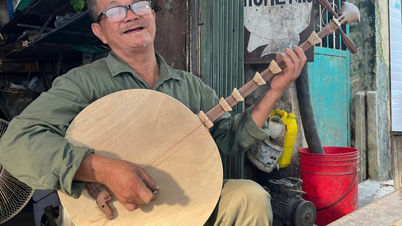













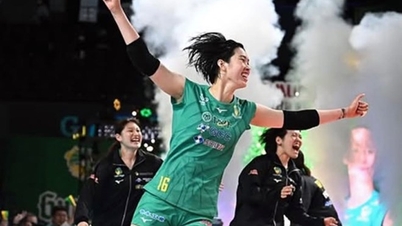







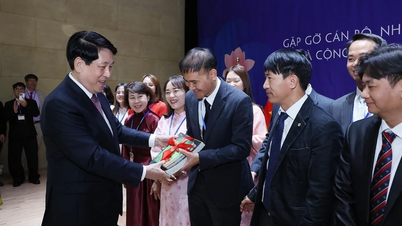
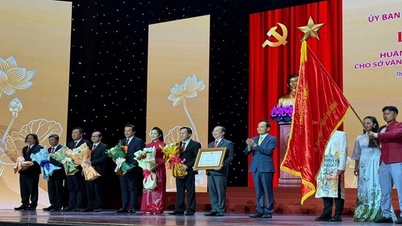
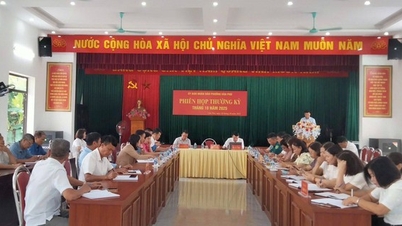

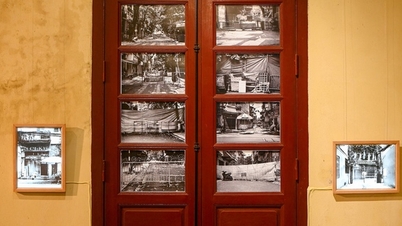


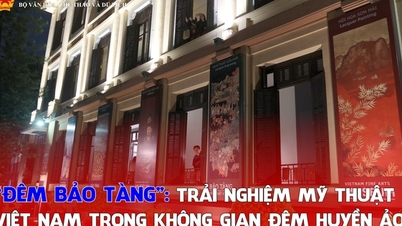






















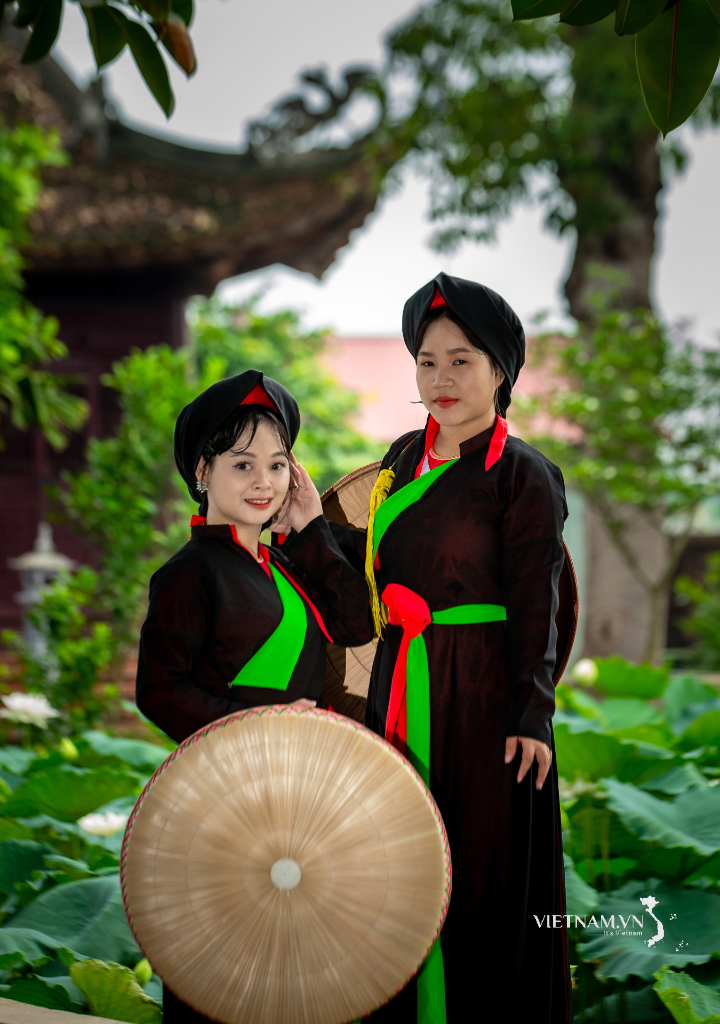
Comment (0)